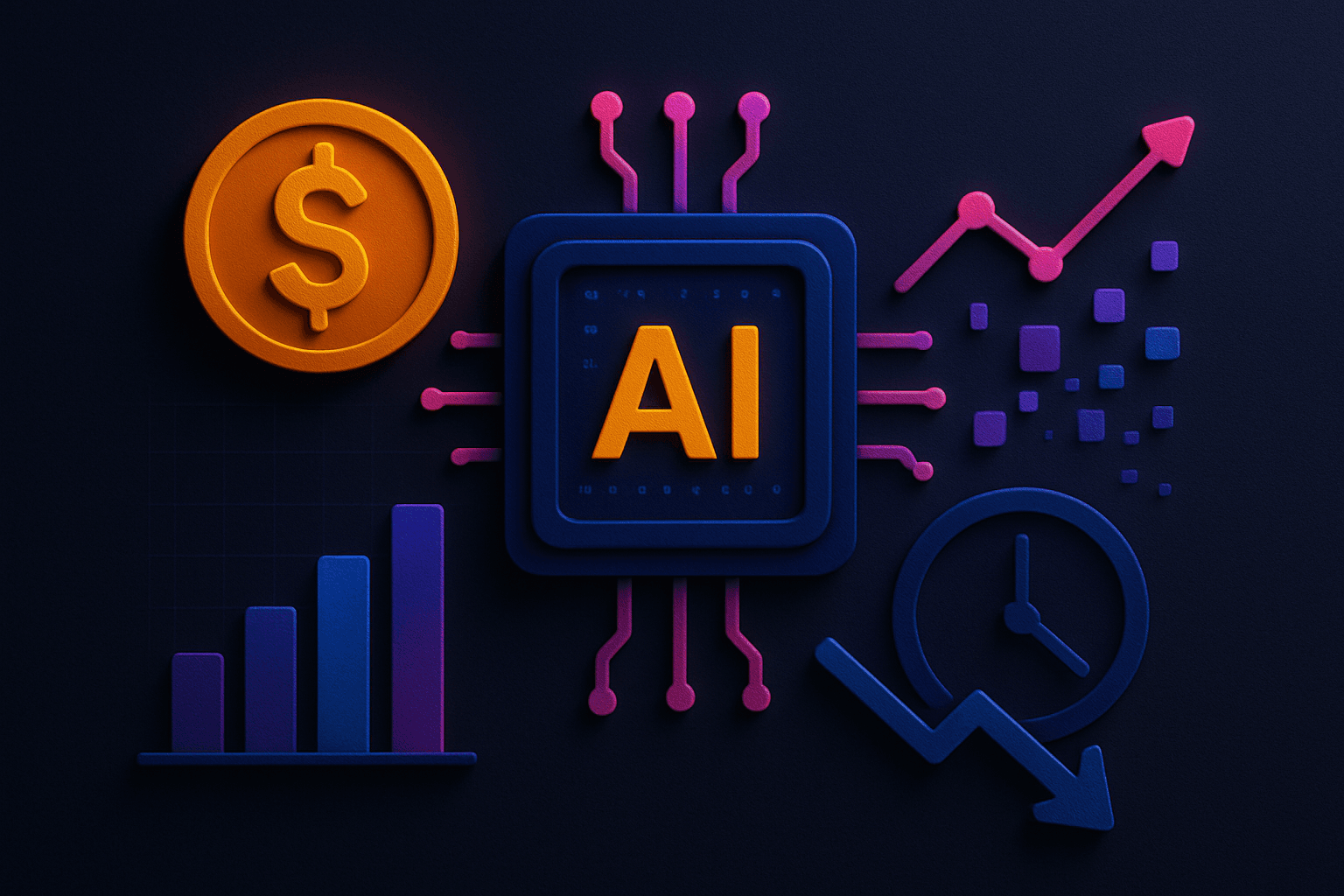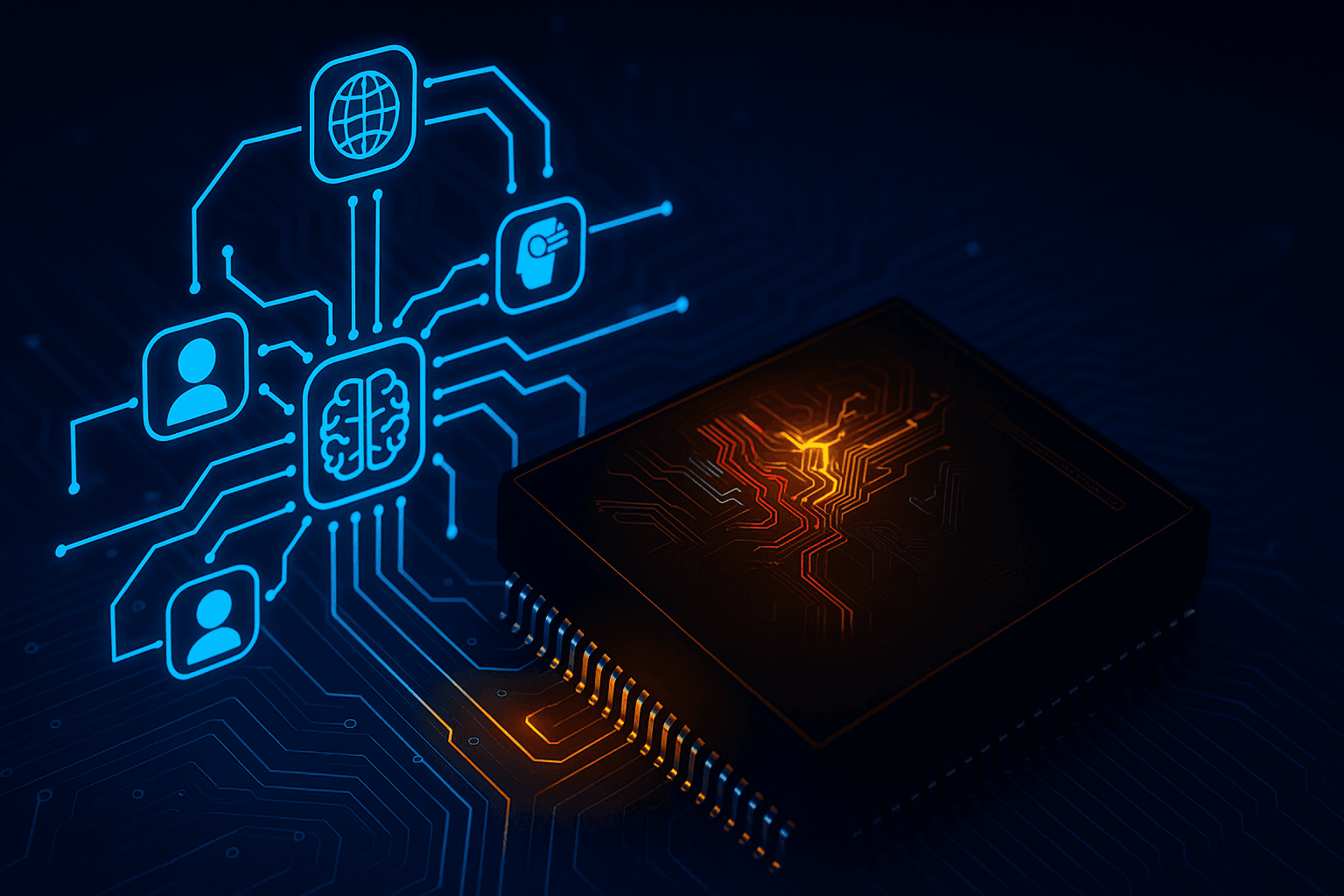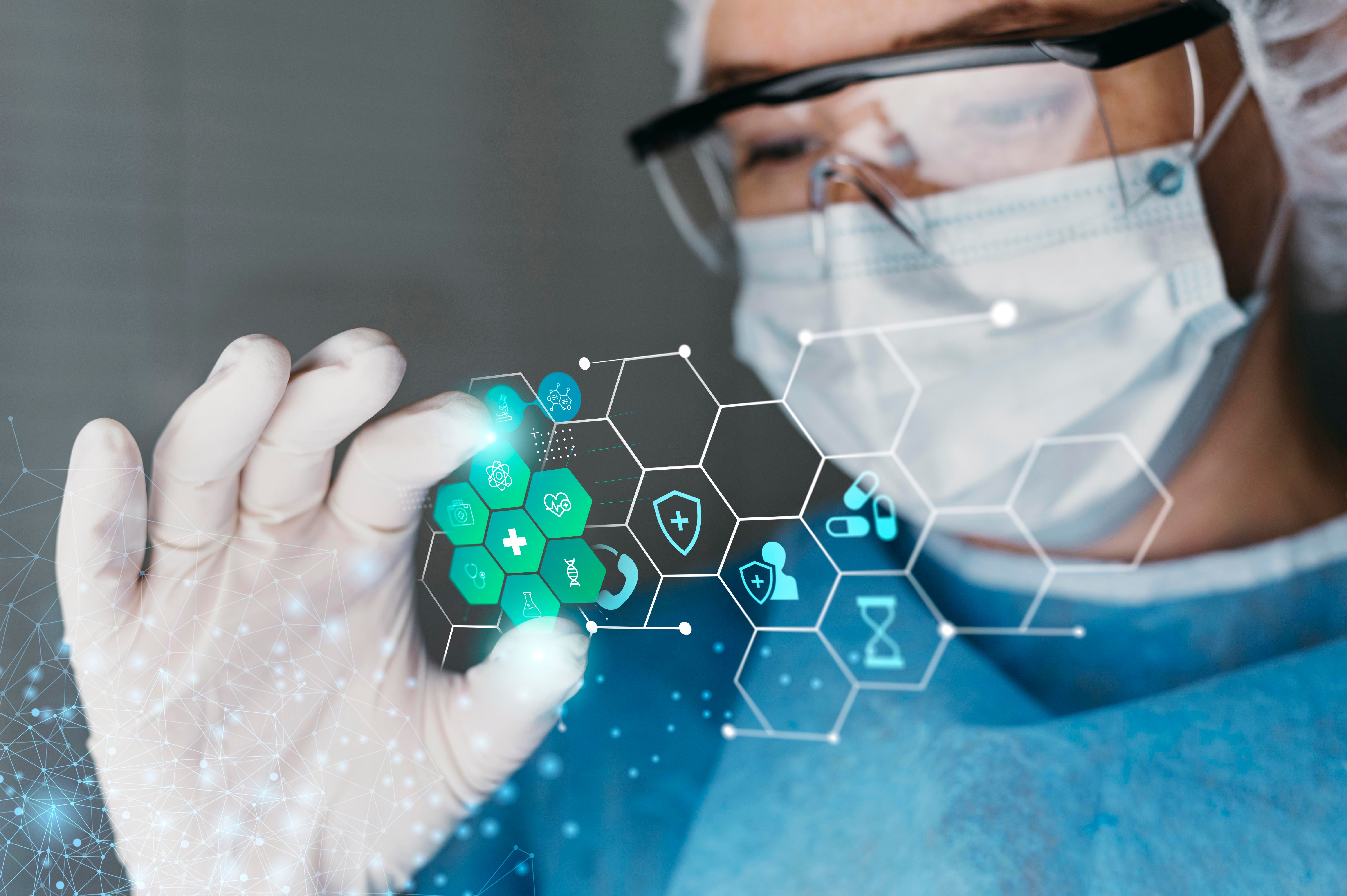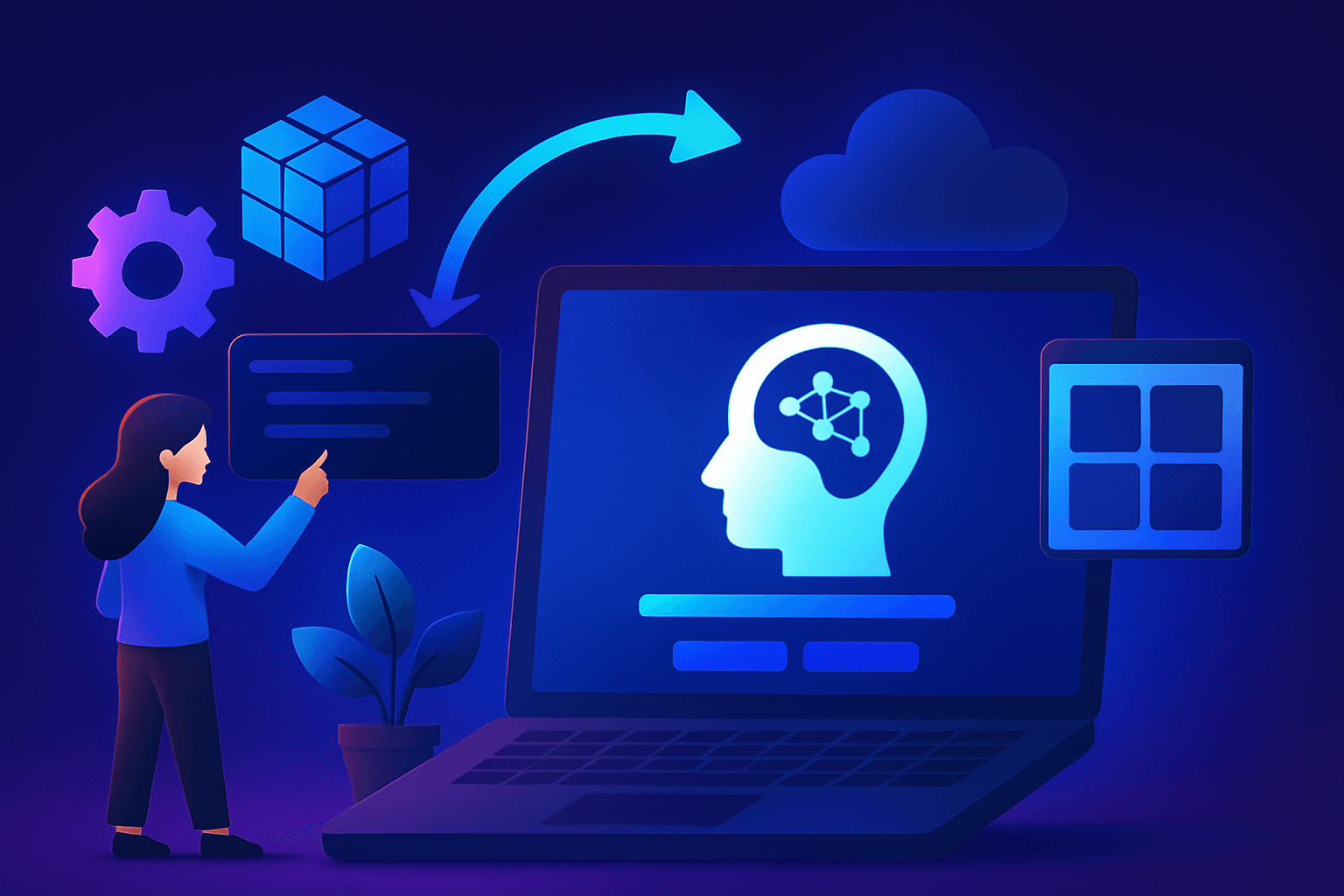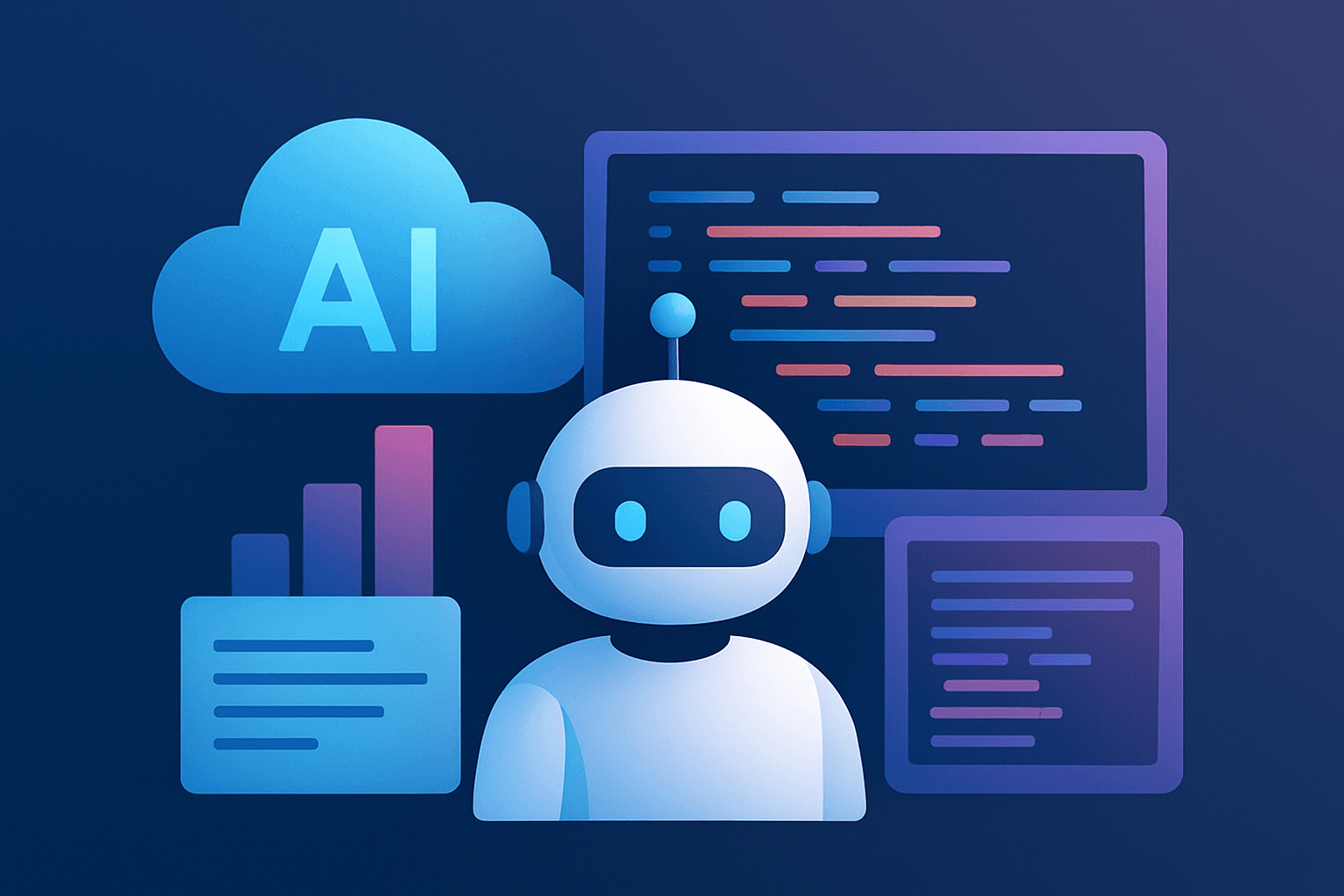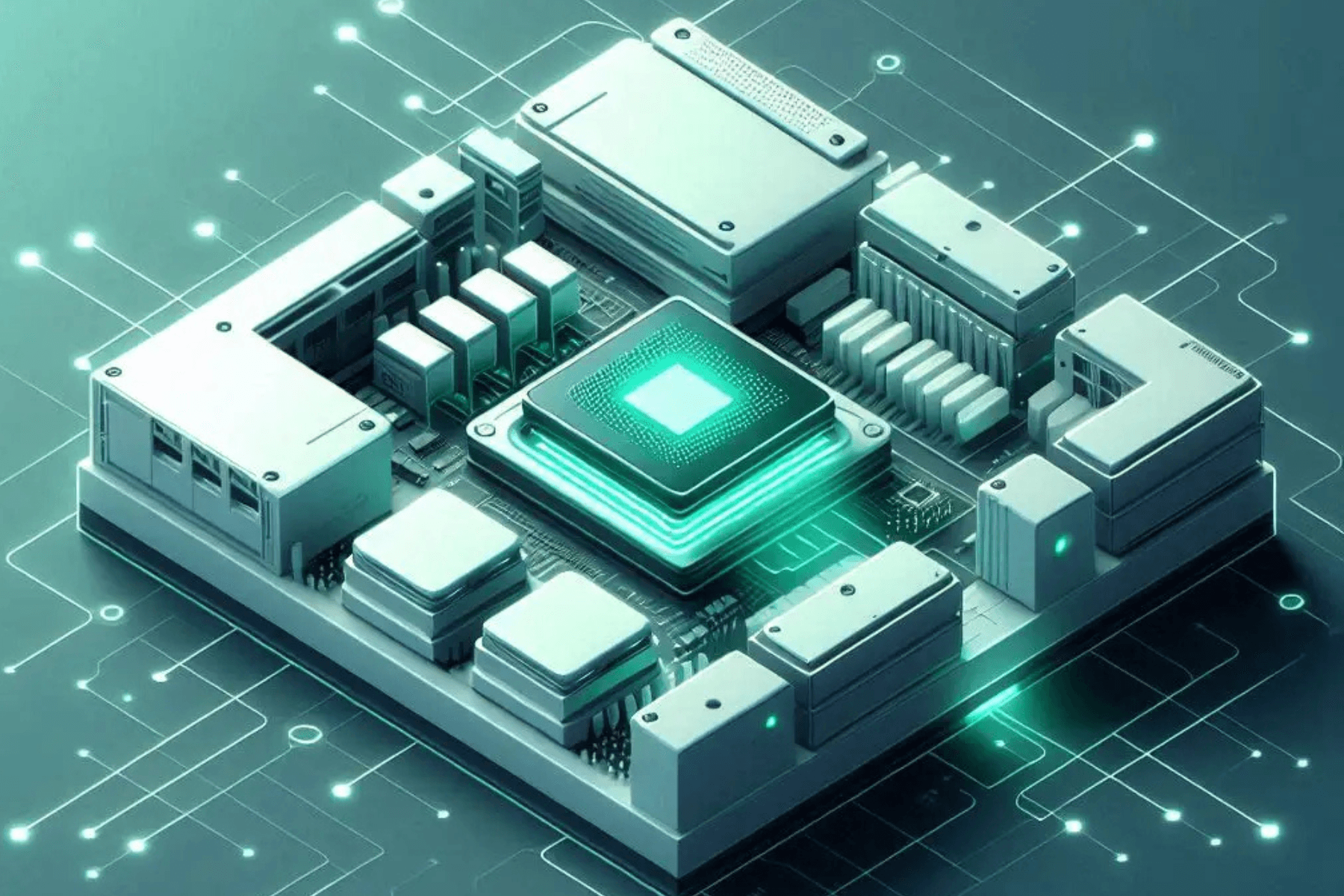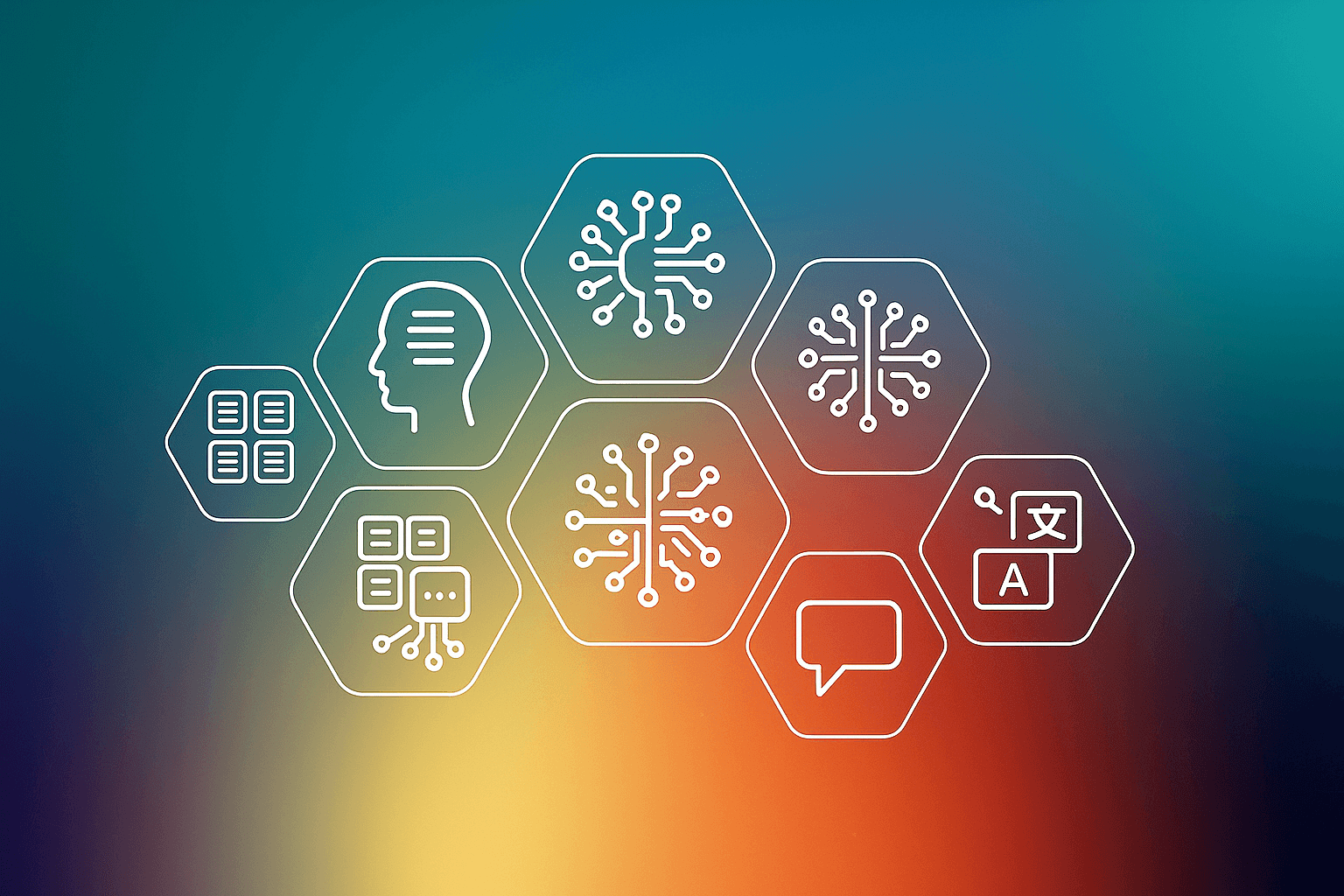Introduction
The Mixture of Experts (MoE) model is a key paradigm shift in the dynamic Artificial Intelligence (AI) field. It leverages the power of collective intelligence by merging insights from various specialized sub-models. This fusion results in enhanced predictive accuracy and deeper insights into complex data sets. In MoE, each 'expert' focuses on a different data segment or aspect, which provides a level of specialization unattainable by a single model.
MoE is critically important in AI and Machine Learning due to its adaptability, efficiency, and accuracy in addressing a wide range of complex challenges. It is useful in scenarios where multi-dimensional data is used. It can offer a high level of analysis, which would not be possible with conventional single models. There are a few available MoE implementations that are being used practically. A powerful example would be Mixtral 8x7B. These models work practically, and can create smarter and more robust systems. This blog discusses the MoE model and how it can be used in the future.
What Is the Mixture of Experts Model?
It is an advanced machine learning approach that is designed to handle complex tasks simultaneously. This is done by integrating the outputs from multiple specialized models, known as 'experts.' It is structured by combining these structures, each of which specializes in a specific subset of a particular type of problem-solving approach. The idea is to capitalize on the strength of each expert in its area of specialization, similar to how a team of specialists in different fields might collaborate on a complex project.
The core concept of MoE is to initially divide a complex problem into simpler parts, with each part being handled by an expert. The MoE model then combines the outputs of these experts to form a unified prediction or decision. This combination is not just a simple average but a weighted sum, where the weights reflect the relevance or competence of each expert for the given input.
The mechanism that determines how much each expert’s output contributes to the final decision is known as the gating network. The gating network is itself a trainable component that learns to assign weights to the outputs of the different experts based on the input data. Essentially, it decides which expert is more 'trustworthy' or relevant for a given input. The gating network assesses the input data and allocates weights to each expert's opinion, thereby dynamically adjusting which expert has more influence on the final output, depending on the specifics of the input.
The model initially originated from the 1991 paper ‘Adaptive Mixtures of Local Experts’, a shared work between MIT professors and those from the University of Toronto. This concept, similar to ensemble methods, involved a system of separate networks (experts), each trained on different subsets of data and specializing in various regions of the input space. A gating network assigns weights to each expert. Both experts and the gating network are trained together.
Between 2010 and 2015, MoE development was influenced by two research trends:
- Experts As Components: Researchers explored incorporating MoEs as layers within deeper networks, as seen in SVMs, Gaussian Processes, and other methods. This allowed for large, efficient multilayer networks.
- Conditional Computation: This approach dynamically activates or deactivates network components based on the input, leading to more efficient data processing.
In 2017, another paper was released – ‘Outrageously Large Neural Networks: The Sparsely-Gated Mixture-of-Experts Layer’, where the researchers applied MoE to a 137B parameter LSTM model, focusing on translation. They introduced sparsity to maintain fast inference at scale, though facing challenges like high communication costs and training instabilities. This work was pivotal in scaling MoE for complex tasks like Natural Language Processing (NLP).
Key Features and Benefits of MoE
The MoE model, with its unique architecture and approach, offers several key features and benefits, particularly in terms of scalability, handling complex high-dimensional data, and adaptability in learning diverse data patterns.

Scalability of MoE
The MoE model's design is inherently modular. Since it comprises multiple smaller models (experts), it can be scaled up efficiently by adding more experts. This modularity allows parallel processing which makes it well-suited for large-scale problems. Each expert in an MoE model can also be trained independently on different subsets of the data, leading to distributed learning. This significantly reduces the computational load compared to a single, monolithic model trying to learn from a vast dataset. The MoE framework can dynamically allocate more computational resources to more complex parts of the data, ensuring efficient use of processing power.

Handling Complex, High-Dimensional Data
Each expert in the MoE model can specialize in different aspects or dimensions of the data. This allows the MoE model to handle high-dimensional data more effectively than a single model that might struggle to capture the nuances of such complex data. The MoE model also reduces the risk of overfitting, by dividing the task among several experts, which is a common problem in models trained on high-dimensional data.

Adaptability and Flexibility in Learning Diverse Data Patterns
The experts in MoE can be customized to different data patterns, which allows the model to adjust to a wide variety of tasks and data types. This results in a stronger model. The gating network in MoE plays a crucial role in this adaptability. It assesses each piece of input data and decides which experts are best suited to respond. This allows the model to adapt its response to the different types of data. As more data becomes available, the MoE model can continue to learn and improve. New experts can be added or existing ones re-trained, making the model highly adaptable to changing data trends and patterns.

Practical Implementations of MoE: Mixtral 8x7B
Mixtral 8x7B is a specific and notable implementation of the MoE model, showcasing a practical application of this advanced machine learning approach.
Mixtral 8x7B is designed as a large-scale implementation of the MoE model. It incorporates a large number of experts, each of which specializes in different aspects or domains of the data. The architecture is arranged in such a way that it can efficiently process and analyze large and different types of datasets. This MoE framework is utilized to enhance both predictive accuracy and processing efficiency. Each expert within the model is responsible for a specific data pattern or task. The gating network efficiently allocates input data to the most relevant experts.
One of the standout features of Mixtral 8x7B is its ability to dynamically scale according to the complexity of the task at hand. This dynamic scaling allows for optimized resource utilization, making it particularly effective for large-scale, complex tasks.
Switch Transformers
The Switch Transformer is another significant practical implementation of the MOE model. The main design goal of the Switch Transformer is to maximize the parameter count of a Transformer model efficiently, while maintaining constant Floating Point Operations (FLOPs). The parameter count is a crucial scaling factor. It achieves this through sparse activation, which means it activates only a subset of its parameters for any given input.
The model’s sparsely activated layers distribute unique weights across different devices in a training set-up. This allows the model's weight count to increase with the number of devices, while keeping the memory and computational demands on each device manageable. The illustration of the Switch Transformer encoder block is given below:

Both these MoE models show that they can be adapted and scaled to meet the demands of large and diverse machine learning tasks. They have a great potential for practical, real-world applications in the field of artificial intelligence.
Challenges and Considerations in MoE Models
Implementing Mixture of Experts (MoE) models presents several challenges, primarily related to computational complexity and data requirements.
- Computational Complexity: MoE models, by their very nature of integrating multiple sub-models (experts), demand significant computational resources. The training process can be resource-intensive, since each expert and the gating network must be trained, often on large datasets.
- Fine-Tuning: Fine-tuning MoEs has its own challenges, most notably the risk of overfitting. To counter this issue, methods such as increasing regularization within the experts and modifying the auxiliary loss can be implemented. Additionally, the technique of selectively freezing MoE layer parameters during fine-tuning can be used as a promising approach to make the process more feasible without compromising on performance.
- Large Datasets: MoE models require substantial and diverse datasets to effectively train the individual experts. Each expert needs to be trained on a wide variety of data to develop its specialization. This can be a challenge, particularly in domains where data is scarce or not diverse enough.
- Coordination: The task of integrating outputs from multiple experts and ensuring that the gating network correctly allocates inputs to the most suitable experts is complex. It requires careful tuning to prevent the model from becoming inefficient or inaccurate.
Mixtral 8x7B addresses computational complexity through parallel processing and distributed learning. It manages high computational load more efficiently by distributing the workload across multiple experts and processing units. This model utilizes extensive and diverse datasets for training its experts. It can also be improved through data augmentation techniques to ensure each expert is well-trained.
Switch Transformers can potentially face more severe over-fitting challenges, especially on smaller downstream tasks. They have a significantly high parameter count along with a FLOP-matched dense baseline. This requires careful tuning and regularization strategies to maintain performance without overfitting.
The Future of MoE
The future of MoE models in AI and Machine Learning holds significant promise, with potential developments and applications spanning a wide range of fields. Ongoing research and advancements suggest several directions in which MoE models could evolve. Future MoE models are likely to focus on improving computational efficiency and scalability. This could involve the development of more advanced algorithms for dynamic resource allocation among experts and optimizing the gating mechanism to handle an even larger number of experts effectively.
There is potential for MoE models to be integrated with other cutting-edge AI technologies, such as quantum computing, neuromorphic hardware, and advanced neural network architectures. This integration could lead to breakthroughs in processing speed, model capacity, and problem-solving abilities. They are also expected to expand into new domains such as personalized medicine, climate modeling, and quantum simulation. In these areas, the ability of MoE models to handle complex, multi-faceted problems can be highly beneficial.
Future developments may include more sophisticated automated machine learning (AutoML) techniques for MoE models. These techniques would automatically optimize the structure and parameters of the experts and the gating network, making MoE models more accessible and easier to deploy. As MoE models become more prevalent, there will be an increased focus on ensuring these models are developed and used ethically and responsibly, particularly in sensitive areas such as healthcare, finance, and public policy.
The future is likely to be characterized by increased efficiency, broader applications, and deeper integration with other AI technologies. Continuous research and advancements are expected to lead to more sophisticated, adaptable, and effective AI systems.
